Algerian Ivy Care: Tips For Growing Algerian Ivy Plants
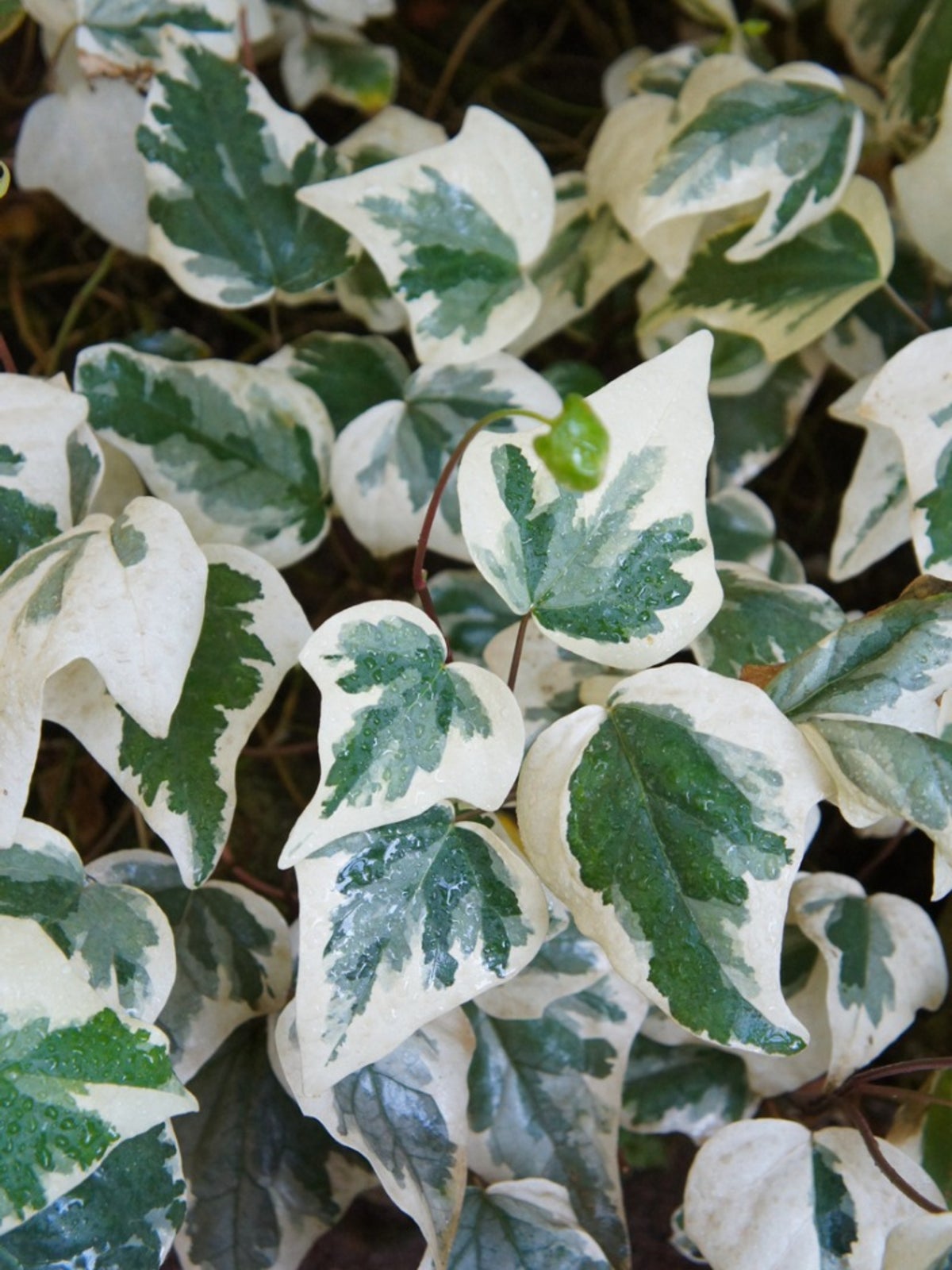

Evergreen vines can help us cover up and soften walls and fences. They can also be used as groundcovers for troublesome areas of the garden, such as slopes or other areas where grass has a hard time establishing. Algerian ivy plants are one such plant that will easily establish, where turf or other plants won’t. Continue reading for more information on growing Algerian ivy.
Algerian Ivy Information
Algerian ivy (Hedera algeriensis or Hedera canariensis) is also commonly called Canary Island ivy, Canary ivy, or Madeira ivy. It is an evergreen vine native to western regions and islands of Africa. Algerian ivy is hardy in zones 7 through 11. It will grow in full sun, but it may be stunted and will need frequent watering in full sun. It prefers to grow in part to full shade. There are several variegated varieties of Algerian ivy, such as ‘Gloire de Marengo’ and ‘Canary Cream.’ However, when planted in deep shade, the variegated varieties may revert to all green. When grown in the right conditions, Algerian ivy vines can quickly reach 40 foot (12 m.) long. They climb up walls or spread over ground by aerial roots. Algerian ivy is not picky about soil type and will grow in clay, sandy, loam, or chalky and acidic soil. It does prefer a sheltered location, though, from drying winds. Algerian ivy does bear flowers and fruit, but the flowers are small, inconspicuous, and yellow to green. The foliage and berries of Algerian ivy are toxic and should be taken into consideration before growing Algerian ivy in locations frequented by small children and pets.
How to Care for Algerian Ivy in the Garden
Algerian ivy plants can be trimmed back in spring to control their growth. As groundcovers, you may need to train the vines to grow in the proper direction to fill in the desired area. In the cooler regions of their hardiness zone, it may be necessary to mulch plants in fall. Certain varieties of Algerian ivy may develop a bronze or purple tinge through the winter months. Regular watering so of Algerian ivy is recommended in hot, dry climates. Like many plants for shaded areas, snails and slugs may be a problem.
Gardening tips, videos, info and more delivered right to your inbox!
Sign up for the Gardening Know How newsletter today and receive a free copy of our e-book "How to Grow Delicious Tomatoes".
-
 Looking For Plants To Give You The Soft And Fuzzies? Try These 5 Fuzzy Leaf Plant Options
Looking For Plants To Give You The Soft And Fuzzies? Try These 5 Fuzzy Leaf Plant OptionsLovers of texture, drama, silver foliage and tactile plants will adore these special sensory garden additions. These fuzzy leaf plant options will leave you all aglow
By Susan Albert
-
 Get Ready For A Summer Of Hummers! Grow These Full Sun Hummingbird Plants and Flowers
Get Ready For A Summer Of Hummers! Grow These Full Sun Hummingbird Plants and FlowersIf you’re lucky enough to enjoy a sunny backyard, make sure you are maxing out on your pollinator opportunities and grow these full sun hummingbird plants and flowers
By Tonya Barnett
-
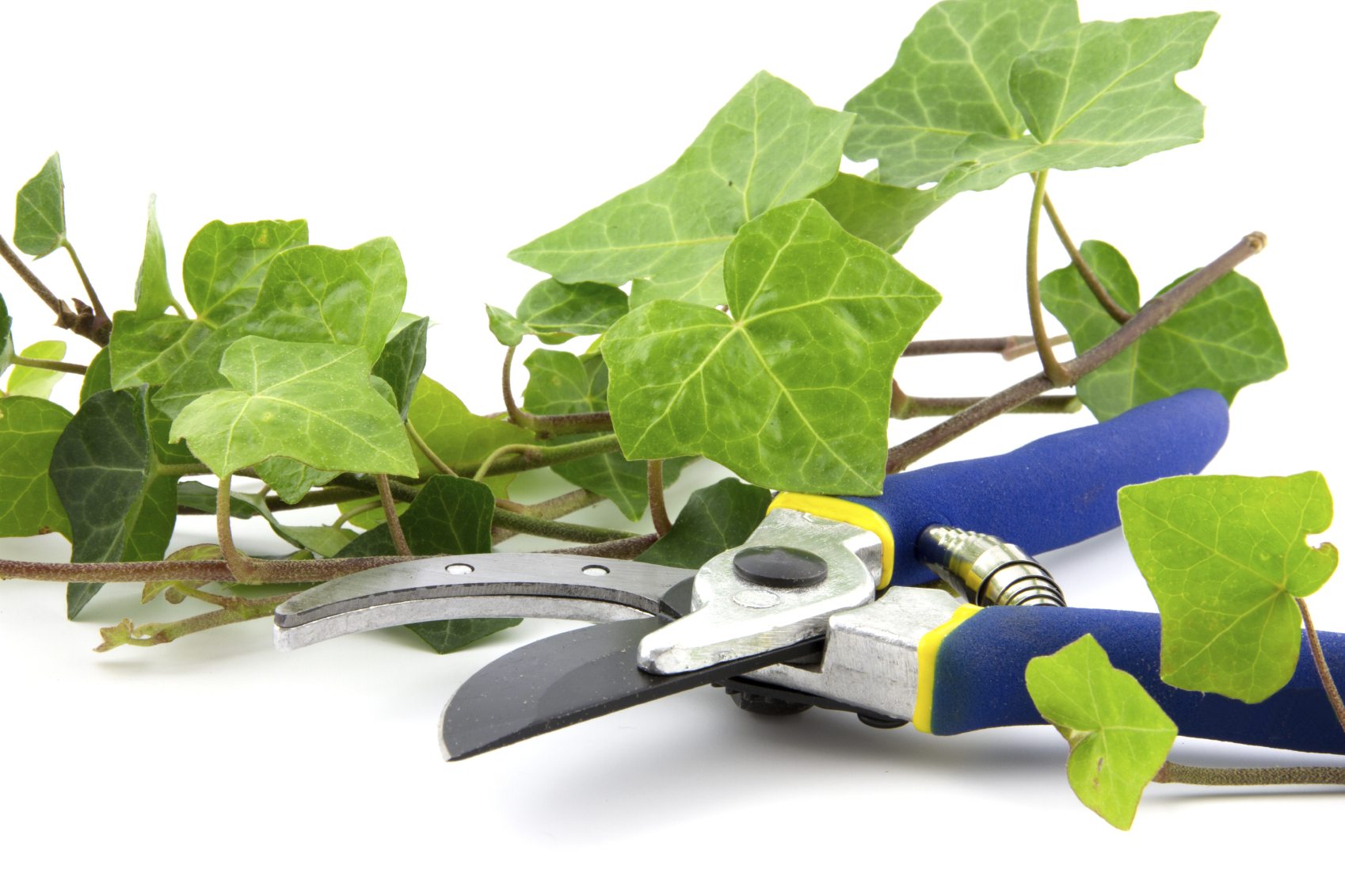 English Ivy Pruning: Tips On How And When To Trim Ivy Plants
English Ivy Pruning: Tips On How And When To Trim Ivy PlantsWhether English ivy is grown indoors or out, this fast-growing plant benefits from an occasional trim to stimulate new growth, improve air circulation, and keep the vine within boundaries and looking its best. Learn more in this article.
By Mary H. Dyer
-
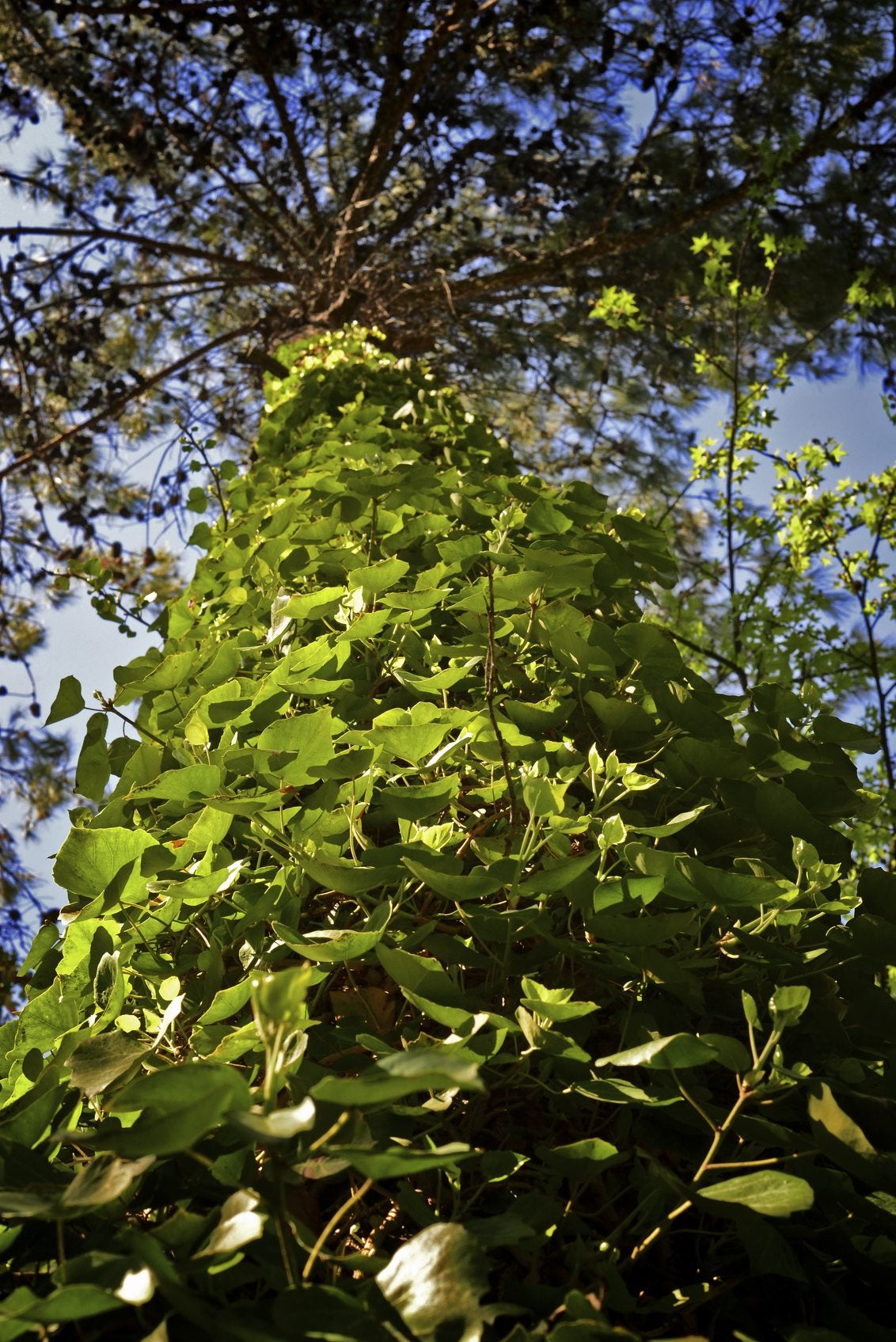 English Ivy Tree Damage: Tips On Removing Ivy From Trees
English Ivy Tree Damage: Tips On Removing Ivy From TreesWithout periodic pruning, the English ivy vine can become a nuisance when it climbs your trees. Learn about ivy damage to trees and what to do about it.
By Nikki Tilley
-
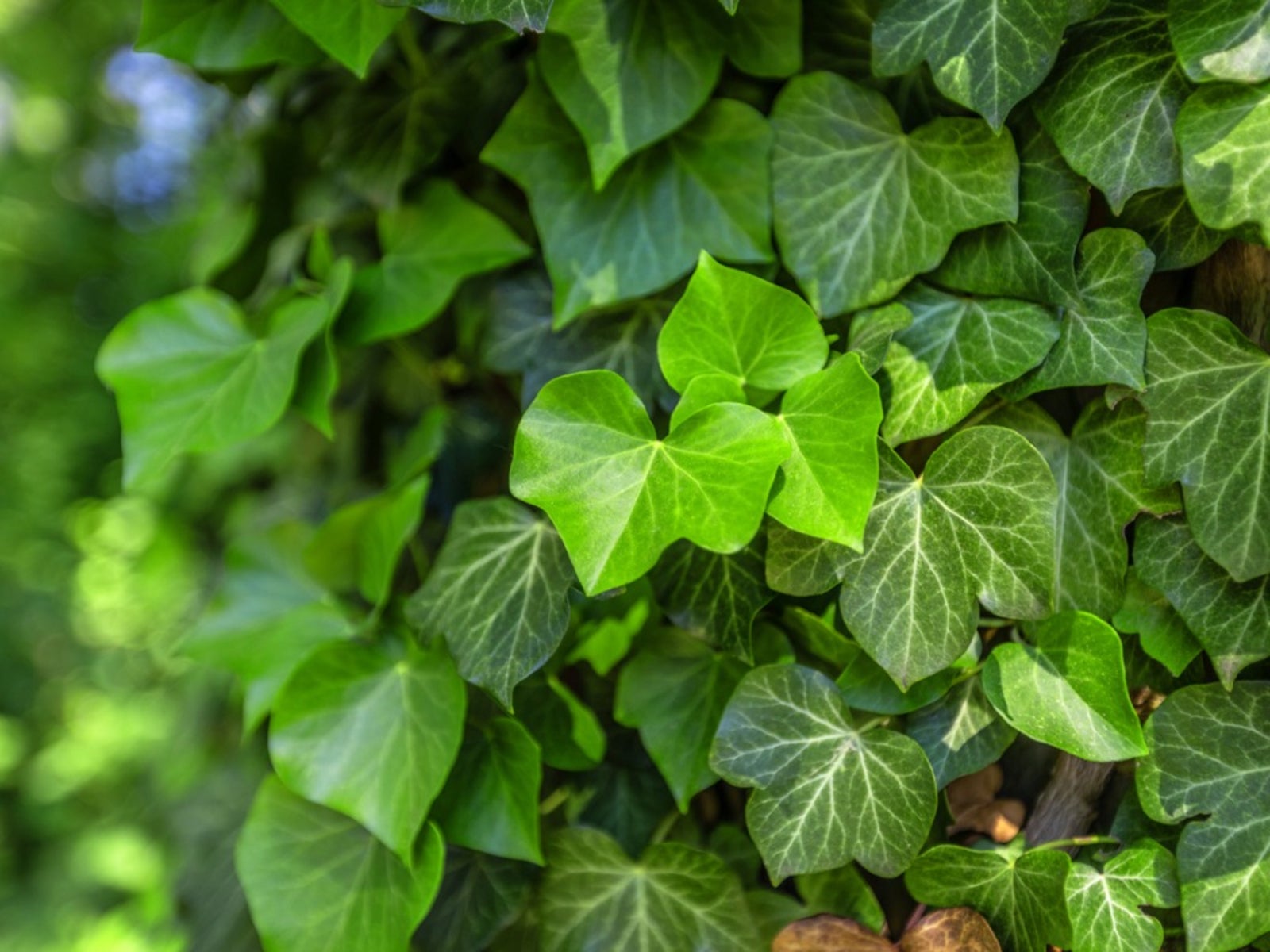 English Ivy: Complete Plant Care & Growing Guide
English Ivy: Complete Plant Care & Growing GuideLush English ivy is beautiful clinging to old buildings and creeping up fences, but it can be aggressive and invasive. You might love it more as a houseplant.
By Jackie Carroll
-
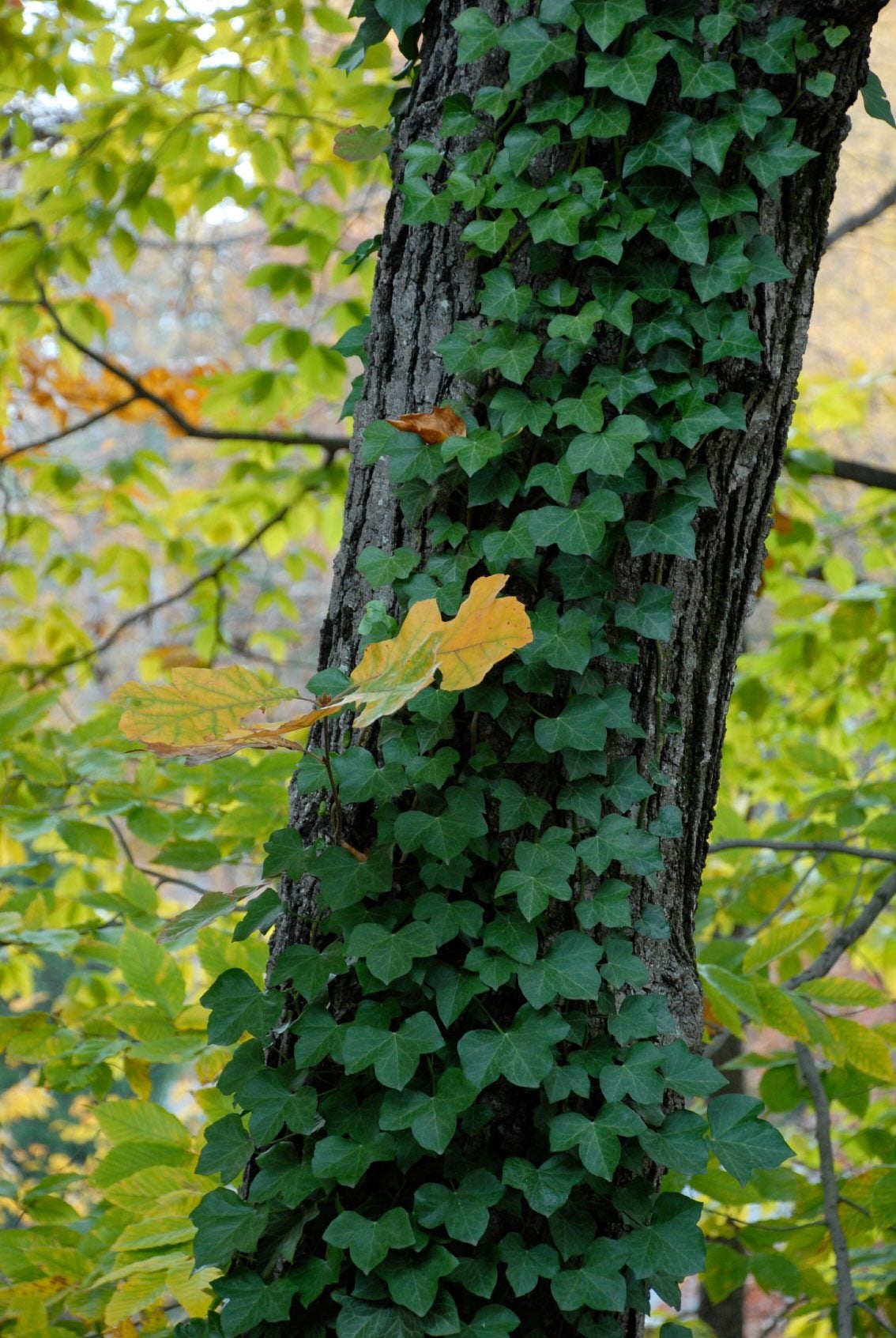 Tips For How To Kill English Ivy
Tips For How To Kill English IvyThe same traits that make English ivy a wonderful ground cover can also make it a pain to remove from your yard. Removing ivy can be a difficult task, but not an impossible one. This article will help.
By Heather Rhoades